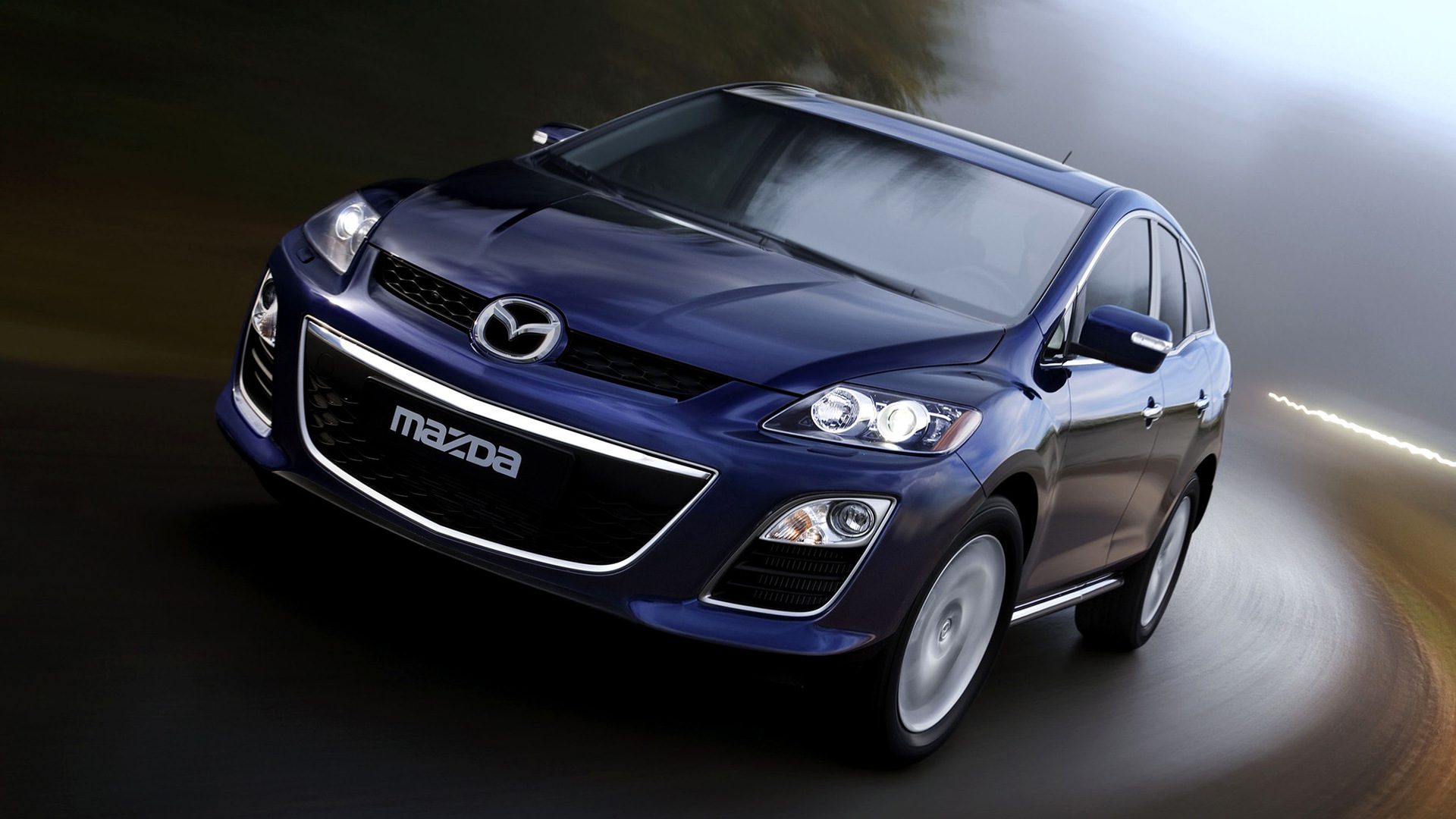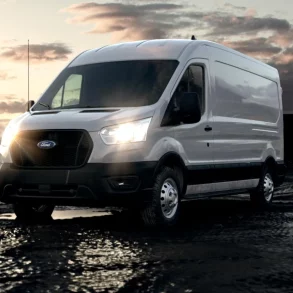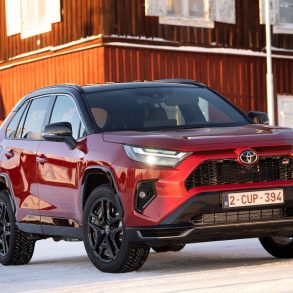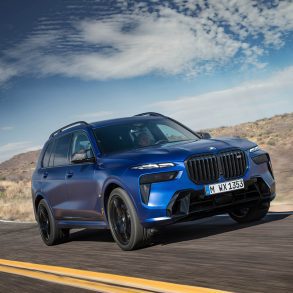Mazda CX-7
This is where you will find monthly and yearly Canadian and U.S. sales figures for the Mazda CX-7. The Mazda CX-7 is a mid-size crossover SUV that was produced by Mazda from 2006 to 2012. It was the production version of the MX-Crossport concept car, and was positioned below the larger Mazda CX-9. The CX-7 used the Ford C1 platform that underpinned the Ford Focus and Mazda3.
Mazda CX-7 Overview
The Mazda CX-7 was a mid-sized crossover SUV produced by Mazda from 2006 to 2012. It was introduced at the 2006 Los Angeles Auto Show and was notable for its sporty appearance and performance compared to many of its competitors. The CX-7’s design was influenced by Mazda’s “Soul of a Sportscar” philosophy, which was evident in its sleek and aggressive stance. This SUV shared some design cues with other Mazda vehicles, particularly the RX-8 and Mazda 3.
Initially, the CX-7 was powered by a 2.3-liter turbocharged four-cylinder engine, which was the same engine used in the Mazdaspeed3. It offered good performance but came at the expense of fuel economy, especially when compared to some competitors. Later in its life cycle, a naturally aspirated 2.5-liter four-cylinder was introduced as a base engine, offering better fuel economy but less performance. The interior of the CX-7 was modern and functional with a driver-oriented cockpit. It featured quality materials for its segment and was equipped with various convenience features. However, it was often criticized for not offering as much cargo space as some competitors.
The CX-7 was powered by a 2.3-liter turbocharged inline-4 engine that produced 244 horsepower and 258 lb-ft of torque. It was available with either front-wheel drive or all-wheel drive. The CX-7 was known for its sporty handling and performance, and was praised by critics for its fun-to-drive nature. However, the CX-7 was not without its flaws. Some owners reported reliability issues, particularly with the engine and transmission. The CX-7 was also criticized for its relatively small cargo space and cramped third row. Despite its flaws, the Mazda CX-7 was a popular crossover SUV during its time. It was praised for its stylish design, comfortable interior, and engaging driving dynamics. The CX-7 was discontinued in 2012, and was replaced by the Mazda CX-5.
The Mazda CX-7 was discontinued after the 2012 model year. It was effectively replaced by the more fuel-efficient and larger Mazda CX-5, which debuted in 2012 and quickly gained popularity for its blend of design, efficiency, and driving dynamics.
Mazda CX-7 Sales Figures
Mazda CX-7 U.S Sales Data & Charts
US Monthly Sales
| Year | Jan | Feb | Mar | Apr | May | Jun | Jul | Aug | Sep | Oct | Nov | Dec |
|---|---|---|---|---|---|---|---|---|---|---|---|---|
| No data available in table | ||||||||||||
| ∑ = | ∑ = | ∑ = | ∑ = | ∑ = | ∑ = | ∑ = | ∑ = | ∑ = | ∑ = | ∑ = | ∑ = | |
US Annual Sales
US Annual Growth
Mazda CX-7 Canada Sales Data & Charts
Canada Annual Sales









